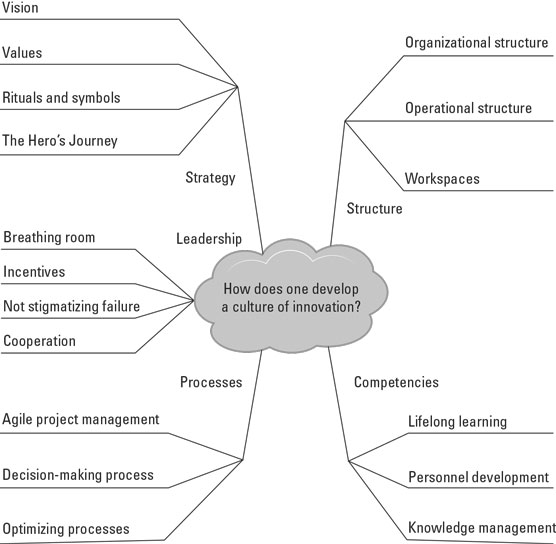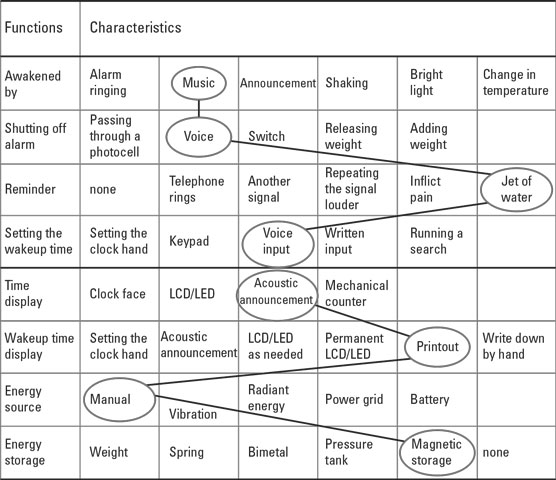Design Thinking: Creativity Techniques
The creativity techniques used in design thinking can be divided into creative intuitive methods or systematic analytical. By applying intuitive creative methods, usually in a group, you can stimulate spontaneous thoughts, associations and similar conclusions in order to overcome mental barriers in the form of a freer composition. Intuitive techniques are particularly suitable for problems that are difficult to solve as well as for tasks that are still unclear.
Not every technique designed to improve creativity is appropriate for every question and every team. Creativity is very individual: everyone has their own experiences, habits, preferences, strengths and weaknesses. This is why you should try different techniques to stimulate creativity and test multiple techniques in a team. Avoid using the same methods all the time. In any workshop, change the use of creativity techniques frequently. Ideally, you can combine different techniques in order to get new impetus for generating ideas.
The principles of decomposition and abstraction are increasingly used in systematic analytical techniques. If you want to improve products with a modular structure or solve technical problems, it is recommended to use techniques of systematic analytical creativity. Two useful methods of systemic analysis that you can combine with brainstorming are mind mapping and morphological boxing, as shown later.
Structuring the topic by drawing mind maps
Mind maps are graphic representations of a problem and the different aspects of its solution. The problem or question is written in the middle of a large sheet of paper or on a white board, and the solutions are scattered over the entire surface. The idea is to write the topic or question in a cloud in the center of the paper, as shown in Figure 10-2. Branches that split and spread out from the subject into different regions emerge from the cloud. When you develop a culture of innovation, these areas are strategy, leadership, operations, structure, and competencies. The keywords are written on the branches. The main branches represent the higher themes. Details are written on the branches. Make your mind map more expressive by using colours, pictures or symbols. After creating the mind map, you can summarize branches and twigs again, or you can combine branches that have not been linked before.

Specifically search for missing branches or twigs so that you can detect gaps in your problem-solving process or your generation of ideas. There are also software programs for mind-mapping. You should note the following rules for mind-mapping:
- Only use nouns
- Write in block letters
- Use symbols (arrows, emojis, figures) and images
- Write the labels horizontally for legibility
- Use W-questions for the structuring (Who? What? Where? Whereby? When? Why?)
Systematically finding solutions with a morphological box
With a morphological box, you first mentally break down a product, process, service, or your entire business model into its components or functions. You then search for different characteristic forms for each component or function. These variants are combined in order to generate new ideas for solutions. The creative approach of the morphological box is shown in the following figure, with the example of an alarm clock. In the first column, write down the individual functions of an alarm clock, such as the alarm itself, the alarm reminder, or the setting of the wake-up time. For each of these functions, think about how you might express this function differently. You can generate an alarm signal by ringing a bell, playing music, making an announcement, shaking an object thoroughly, shining a bright light, or changing the temperature. Then combine the different characteristic forms of the individual functions with each other.

